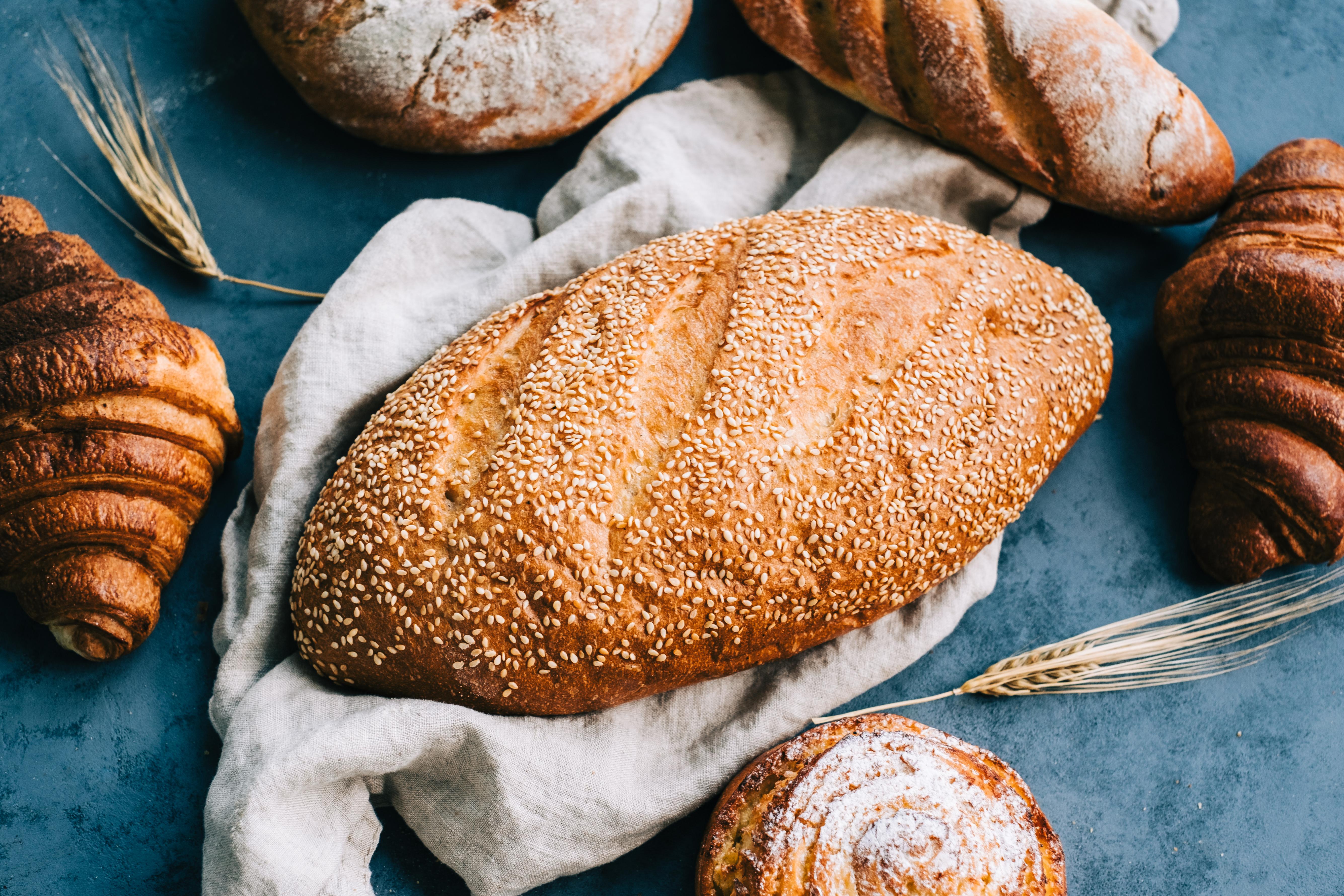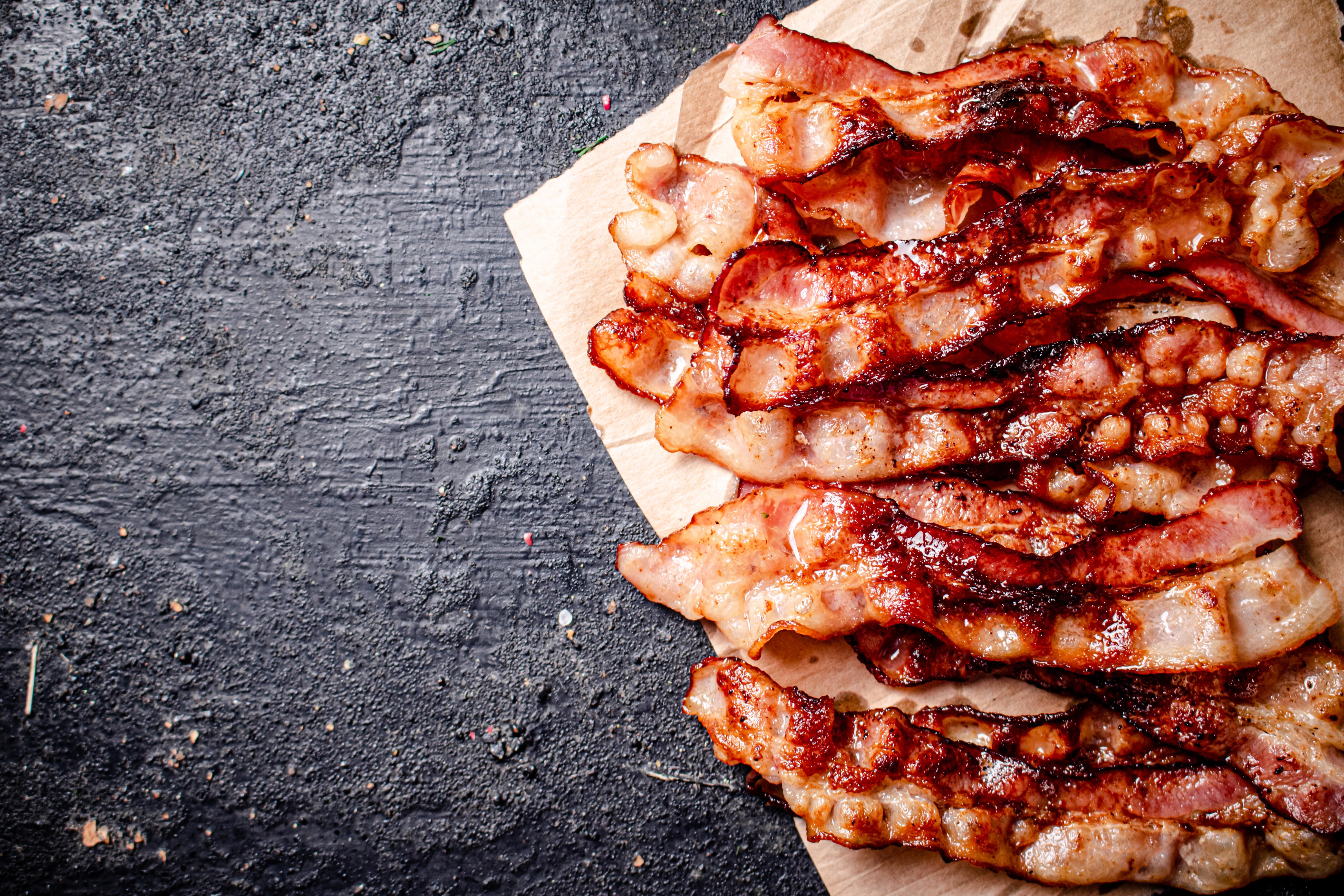15 Surprisingly High-Sodium Foods You're Eating Without Realizing
In the hustle and bustle of modern life, convenience often dictates our dietary choices. We reach for pre-packaged meals, dine out frequently, and snack mindlessly, all while remaining blissfully unaware of the stealthy sodium lurking within these foods. Salt, while essential for human health, becomes detrimental when consumed in excess. The World Health Organization recommends no more than 5 grams of salt per day, yet many of us are consuming double that amount, often without even realizing it. This article delves into the secret salt shockers hidden in everyday foods, unveiling the surprising sources of sodium that could be impacting your health. From breakfast cereals to seemingly innocuous condiments, we will explore how these foods contribute to our sodium intake and offer insights into making healthier choices.
1. Breakfast Cereals: The Salty Start

Breakfast cereals are often marketed as a healthy start to the day, yet many of them are laden with hidden sodium. While the focus tends to be on sugar content, salt is often added to enhance flavor and shelf life. Some cereals contain as much as 300 milligrams of sodium per serving, which can quickly add up if you're not careful. This is particularly concerning for those who consume more than one serving, thinking they're making a healthy choice. The sodium content in cereals is often overshadowed by their fiber and vitamin claims, making it easy to overlook. To reduce sodium intake, consider opting for low-sodium or unsalted versions, or better yet, switch to homemade oatmeal or muesli where you can control the ingredients.
2. Bread and Bakery Products: The Silent Sodium Source

Bread is a staple in many diets around the world, yet it's also a significant source of hidden sodium. A single slice of bread can contain up to 230 milligrams of sodium, and when you consider that sandwiches often require two slices, the sodium content adds up quickly. Bakery products like muffins, bagels, and pastries are also culprits, often containing even higher amounts of sodium due to added preservatives and flavor enhancers. The challenge with bread and bakery products is that they don't taste particularly salty, leading consumers to underestimate their sodium content. To mitigate this, look for products labeled as low-sodium or opt for whole grain varieties, which tend to have less sodium.
3. Canned Soups: A Salty Surprise

Canned soups are a convenient meal option, especially for those with busy lifestyles, but they are notorious for their high sodium content. A single serving of canned soup can contain more than 800 milligrams of sodium, which is a significant portion of the daily recommended intake. The high sodium content is often used to enhance flavor and preserve the soup, making it shelf-stable for longer periods. The problem is exacerbated when consumers eat the entire can, which often contains multiple servings. To reduce sodium intake from soups, consider making homemade versions where you can control the salt content or choose low-sodium canned options available in the market.
4. Processed Meats: The Salty Preservation

Processed meats such as bacon, sausages, and deli meats are popular for their convenience and taste, but they are also loaded with sodium. The salt is used not only for flavor but also as a preservative to extend the shelf life of these products. A single serving of processed meat can contain upwards of 500 milligrams of sodium, making it a significant contributor to overall sodium intake. The consumption of processed meats has been linked to various health issues, including hypertension and cardiovascular diseases, largely due to their high sodium content. To reduce sodium intake, consider limiting consumption of processed meats and opting for fresh, lean cuts of meat instead.
5. Frozen Meals: Convenience with a Sodium Cost

Frozen meals offer a quick and easy solution for dinner, but they come with a hidden sodium cost. These meals are often high in sodium to enhance flavor and preserve the food during freezing. Some frozen meals can contain more than 1,000 milligrams of sodium per serving, which is a substantial portion of the daily recommended intake. The convenience of these meals makes them a popular choice, but it's important to be mindful of their sodium content. To reduce sodium intake from frozen meals, look for options labeled as low-sodium or prepare homemade meals in bulk and freeze them for later use.
6. Cheese: The Salty Dairy Delight

Cheese is a beloved dairy product enjoyed by many, but it's also a significant source of hidden sodium. The salt in cheese serves multiple purposes, including flavor enhancement, moisture control, and preservation. Some cheeses, such as feta and halloumi, can contain over 400 milligrams of sodium per ounce. Cheese is often used in various dishes, from sandwiches to pastas, which can lead to a high cumulative sodium intake. To enjoy cheese without the excessive sodium, opt for low-sodium varieties or use smaller amounts of stronger-flavored cheeses to achieve the desired taste without overconsumption.
7. Sauces and Condiments: The Flavorful Sodium Boost

Sauces and condiments are used to add flavor to meals, but they can also add a significant amount of sodium. Soy sauce, ketchup, and salad dressings are common culprits, with soy sauce containing as much as 1,000 milligrams of sodium per tablespoon. These items are often added liberally to dishes, leading to a substantial increase in sodium intake. The challenge is that sauces and condiments are rarely consumed in isolation, making it easy to overlook their contribution to overall sodium intake. To reduce sodium from sauces and condiments, consider using herbs and spices for flavor or choose low-sodium versions available in stores.
8. Snack Foods: The Salty Crave

Snack foods such as chips, pretzels, and crackers are popular for their convenience and taste, but they are also high in sodium. The salt in these snacks enhances flavor and provides a satisfying crunch, but it can also lead to excessive sodium consumption. A single serving of chips can contain over 200 milligrams of sodium, and it's easy to consume multiple servings in one sitting. The addictive nature of salty snacks makes it challenging to limit intake, leading to potential health issues over time. To reduce sodium intake from snacks, choose unsalted or lightly salted options, or opt for healthier snacks like fruits and vegetables.
9. Restaurant Meals: The Hidden Sodium Feast

Dining out is a common practice for many, but restaurant meals are often laden with hidden sodium. Chefs use salt to enhance flavor and ensure customer satisfaction, leading to dishes that can contain over 2,000 milligrams of sodium. The challenge is that restaurant menus rarely disclose sodium content, making it difficult for consumers to make informed choices. To reduce sodium intake when dining out, consider asking for dishes to be prepared with less salt or choose restaurants that provide nutritional information. Additionally, be mindful of portion sizes, as larger servings often mean higher sodium content.
10. Pickles and Fermented Foods: The Traditional Sodium Source

Pickles and fermented foods have been enjoyed for centuries for their unique flavors and health benefits, but they are also high in sodium. The salt in these foods is essential for the fermentation process, which preserves the food and enhances its flavor. A single pickle can contain over 300 milligrams of sodium, making it a significant contributor to daily sodium intake. While fermented foods offer probiotics and other health benefits, it's important to consume them in moderation to avoid excessive sodium intake. To reduce sodium, consider making your own pickles with less salt or choose low-sodium store-bought options.
11. Instant Noodles: The Quick Sodium Fix

Instant noodles are a popular convenience food, especially among students and busy professionals, but they are also high in sodium. The flavor packets that accompany instant noodles often contain more than 1,000 milligrams of sodium, which is a substantial portion of the daily recommended intake. The ease of preparation and low cost make instant noodles a tempting choice, but their high sodium content poses a health risk. To reduce sodium intake from instant noodles, consider using only a portion of the flavor packet or adding your own low-sodium seasonings. Alternatively, opt for whole grain noodles and prepare your own broth to control the sodium content.
12. Canned Vegetables: The Unexpected Sodium Addition

Canned vegetables are a convenient and affordable way to add nutrients to your diet, but they often come with added sodium. The salt in canned vegetables is used as a preservative to extend shelf life and enhance flavor. A single serving of canned vegetables can contain over 300 milligrams of sodium, making it easy to exceed the daily recommended intake if consumed regularly. To reduce sodium intake from canned vegetables, consider rinsing them under water before use to remove some of the sodium. Alternatively, choose fresh or frozen vegetables, which typically have no added sodium.
13. Sports Drinks: The Salty Hydration

Sports drinks are marketed as a way to replenish electrolytes and hydrate after exercise, but they also contain significant amounts of sodium. While sodium is necessary to replace lost electrolytes, many sports drinks contain more than 200 milligrams of sodium per serving, which can contribute to excessive sodium intake if consumed frequently. The challenge is that sports drinks are often consumed by individuals who do not engage in intense physical activity, leading to unnecessary sodium consumption. To reduce sodium intake, consider drinking water or coconut water for hydration, or choose sports drinks with lower sodium content.
14. Ready-to-Eat Salads: The Sodium-Laden Health Trap

Ready-to-eat salads are often perceived as a healthy meal option, but they can be surprisingly high in sodium. The sodium content often comes from the dressing, cheese, and processed meats included in the salad. A single serving of ready-to-eat salad can contain over 1,000 milligrams of sodium, making it a significant contributor to daily intake. The convenience of these salads makes them a popular choice, but it's important to be mindful of their sodium content. To reduce sodium intake, consider making your own salads at home with fresh ingredients and low-sodium dressings, or choose salads with simple ingredients and dressings on the side.
15. Fast Food: The Sodium Bomb

Fast food is a staple for many due to its convenience and affordability, but it is notorious for its high sodium content. A single fast food meal can contain over 2,500 milligrams of sodium, which is well above the daily recommended intake. The salt in fast food is used to enhance flavor and preserve the food, making it a significant contributor to overall sodium intake. The challenge is that fast food is often consumed on the go, making it easy to overlook its nutritional content. To reduce sodium intake from fast food, consider choosing smaller portions, avoiding extras like fries and sauces, or opting for healthier menu options.
Navigating the Sodium Minefield

Navigating the sodium minefield in everyday foods requires awareness and informed choices. While salt is an essential nutrient, excessive consumption poses significant health risks, including hypertension and cardiovascular diseases. By understanding the hidden sources of sodium in our diets, we can take proactive steps to reduce our intake and improve our overall health. This means reading labels carefully, choosing low-sodium alternatives, and preparing meals at home where possible. By making small changes to our dietary habits, we can enjoy the flavors we love without compromising our health. Remember, the key is moderation and mindfulness in every bite.